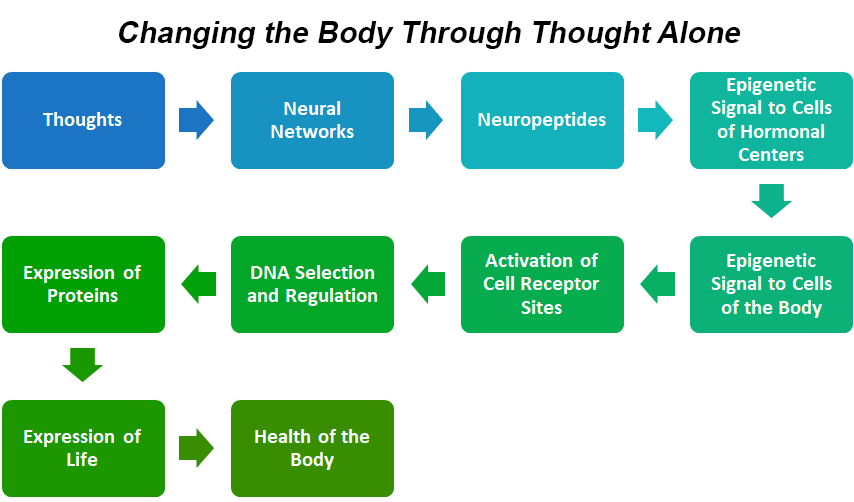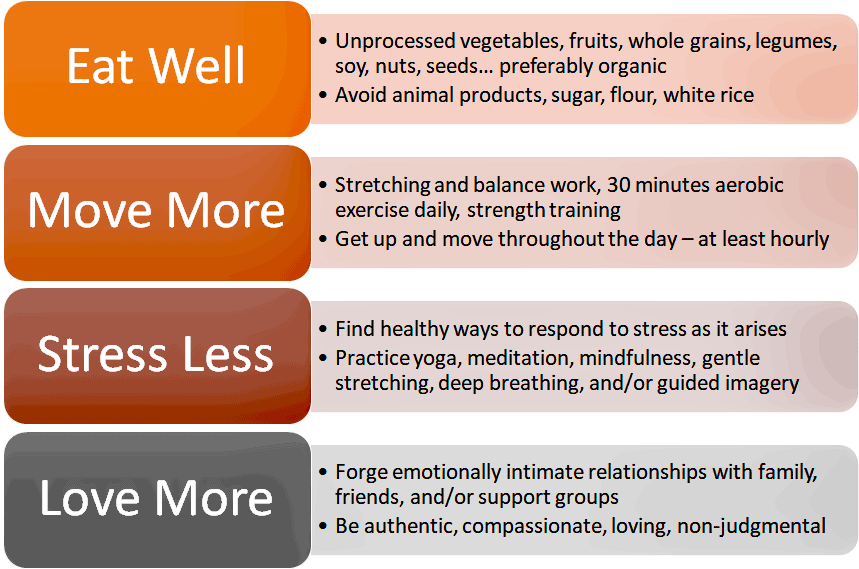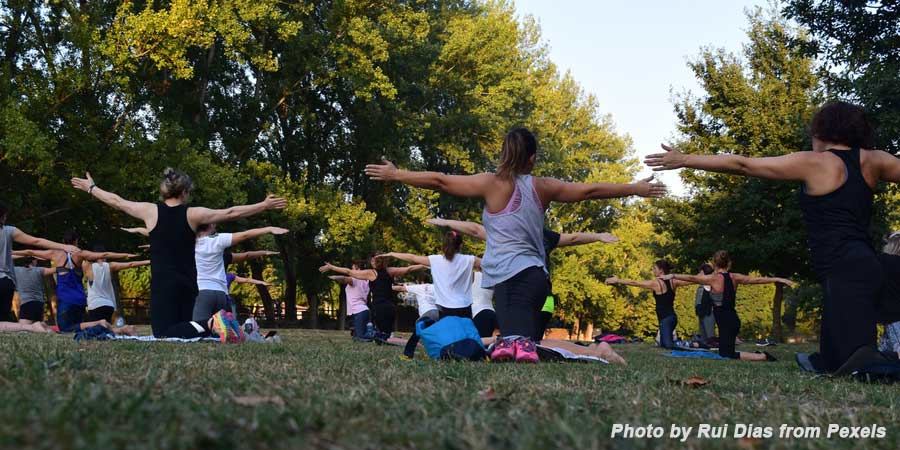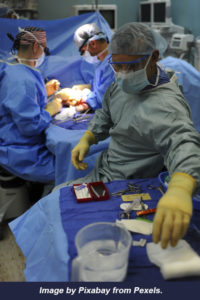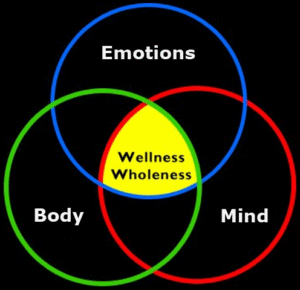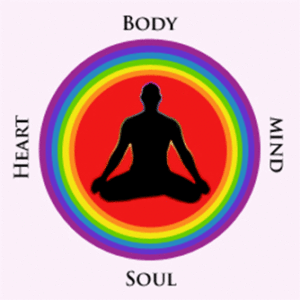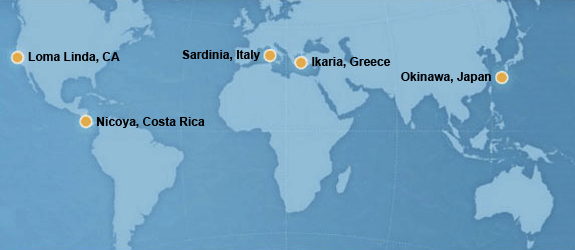 At the onset of his tenure at the Surgeon General of the United States, Dr. Vivek Murthy expected to tackle pressing health issues facing the nation, notably obesity, tobacco-related disease, mental health, and vaccine-preventable illness. To ensure that his focus reflected the needs to the people, he spent the first few months on the job touring the country and asking people, “How can we help?” A surprising theme emerged in those discussions – i.e., a pervasive experience of loneliness for which there are profound implications for our physical, mental, and emotional well-being. He chronicled his findings in Together: The Healing Power of Human Connection in a Sometimes Lonely World.
At the onset of his tenure at the Surgeon General of the United States, Dr. Vivek Murthy expected to tackle pressing health issues facing the nation, notably obesity, tobacco-related disease, mental health, and vaccine-preventable illness. To ensure that his focus reflected the needs to the people, he spent the first few months on the job touring the country and asking people, “How can we help?” A surprising theme emerged in those discussions – i.e., a pervasive experience of loneliness for which there are profound implications for our physical, mental, and emotional well-being. He chronicled his findings in Together: The Healing Power of Human Connection in a Sometimes Lonely World.
Human beings are wired for connection; it is our key to survival. Cooperative social groups pool their resources, gain efficiencies through a division of labor, incubate creative solutions to challenging problems, and provide for the security of the collective. We seek relationship on three levels:
- Intimate partners, family members, and close friends who know and care for us deeply
- Relational allies who form our core social group and provide social supports
- Collective affiliations with people who provide a sense of belonging based on shared interests and values
According to reports issued by Kaiser, Cigna, and AARP, at least 20% of US adults feel persistently lonely. That figure skews upwards as a function of age. According to a large longitudinal study by Dr. Julianne Holt-Lunstad, poor social networks carry health risks akin to smoking 15 cigarettes per day. Chronically lonely people show increased rates of heart disease, hypertension, stroke, dementia, depression, anxiety, poor sleep quality, immune dysfunction, and impaired judgment. Low self-worth and shame conspire to keep the condition hidden. An elevated stress response in social contexts wreaks havoc on the body and makes it difficult to forge relationship.
The curse of loneliness extends beyond long-term risks to health. The sensory fibers that register physical and emotional pain coexist in our brains. The experience of loneliness, loss, and disappointment can be as agonizing as a physical blow or a gaping wound (as evidenced by fMRI scans). It’s why so many reach for alcohol and opioids to dull the pain.
How did we get into this predicament?
Our cultural bias toward individual freedom and rugged self-reliance thwarts our ability admit that we need people. We’re afraid to show weakness and put ourselves at a disadvantage in a highly competitive world. We’ve also moved away from our extended families while experiencing a gradual erosion in social networks and norms – e.g., religious participation, community clubs, dinner parties. We’ve lost casual social interaction as a function of telecommuting, home-based entertainment, home shopping, and grocery delivery. And many of us spend a great deal of time using social media rather than invest in the deep work of relationship building. To be sure, the latter can keep families spread across distances in touch and provide a forum for finding like-minded souls. But it can also foster false images of ourselves, unhealthy comparisons with others, and preoccupation with “likes” and followers.
So, what advice does Dr. Murthy offer?
Take time to connect with our truest self. Spend time reflecting on the interests, passions, and values that give life purpose and meaning. Rediscover self-worth and value to others. Find the wellspring of compassion and generosity toward ourselves and others. Follow the inner compass to be our most natural and authentic selves. A firm inner connection creates the foundation for establishing relationship with others.
Spend time each day with those you love. Suspend screen time and other distractions; be present, attentive, and caring. Listen as much as you talk. Mirror each other’s human value. Let the comfort, calm, and emotional energy we serve up strengthen our emotional core and give us more capacity to be present for others.
Create communities of people who lift each other up. Surround yourself with people who seek meaning and purpose based on positive, forwarding values. Demonstrate your interest and commitment by learning names and interesting anecdotes about them. Share meals. Cultivate mutuality and a sense of belonging. Promote two-way communication in response to thoughtful questions. Be particularly attentive to creating close neighbors if you have faraway relatives or live alone. Build intentional villages.
Model kindness especially in this climate of rancor and distrust. Focus on shared humanity. Set aside anger, fear, or hatred; be mindful of the fact that each person manifests a spark of the divine. Listen attentively with the goal of understanding. Speak from the heart. Stay in dialog. Be a giver and receiver of service. Be kind. Engage with strangers. You never know who may be struggling and benefit from your acts of kindness, smile, and encouraging word. (You’ll feel better, too!)
In sum: Build people-centered lives in a people-centered world.
